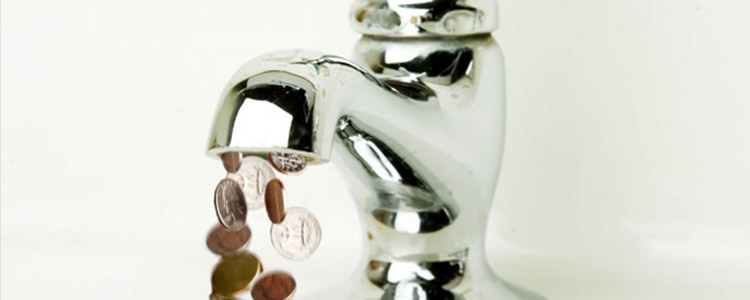By deciding to enter into private practice, you have already demonstrated a level of entrepreneurship that goes beyond most physiotherapists today. However, good intentions alone won’t pay the bills and set you on the road to financial freedom. It is more than critical for you to determine how you will earn, collect and sustain business income through your clinic, mobile service or home-based practice.
Turning your hard-earned education and public sector experience into consistent cash flow requires a thorough understanding of market demand, a firm grasp of your chosen specialisation (unless you choose to be a generalist) and consistent referral-based networking among peers, mentors and patients. So, what are some options? Consider the following:
1. “Sales” at source
This is likely going to be your primary source of income, where patients pay you immediately after treatment, whether it is a single appointment or a series of visits. Some patients will pay ‘out of pocket’, while others are covered by a health insurance plan.
2. Accounts receivable (“cash from debtors”)
When you invoice insurance companies to collect payment from patients, this is delayed cash flow where payment terms are normally set at thirty days or more. You may also have to deal with your public health insurance board to be compensated for GP-referred patients. Many physiotherapists also offer flexible payment terms to clients like rehabilitation centres, gyms and seniors’ residences.
In the case of overdue payments, consider whether you will offer grace periods or charge a fixed interest rate.
3. Other income sources
Apart from the main physiotherapy services you offer, there are many other options that can contribute to your regular income stream:
- Rental income from unused space on your premises.
- Small-scale equipment and product sales to the public (e.g. exercise equipment, back supports, pneumatic boots, etc.).
- Expert articles for professional/academic journals or the mainstream media.
In the beginning, you may have to rely on loans, grants and your own investment capital to cover expenses. Eventually, as your practice becomes better known and able to attract more patients, your ability to pay the bills and eliminate debt with current income will improve.
